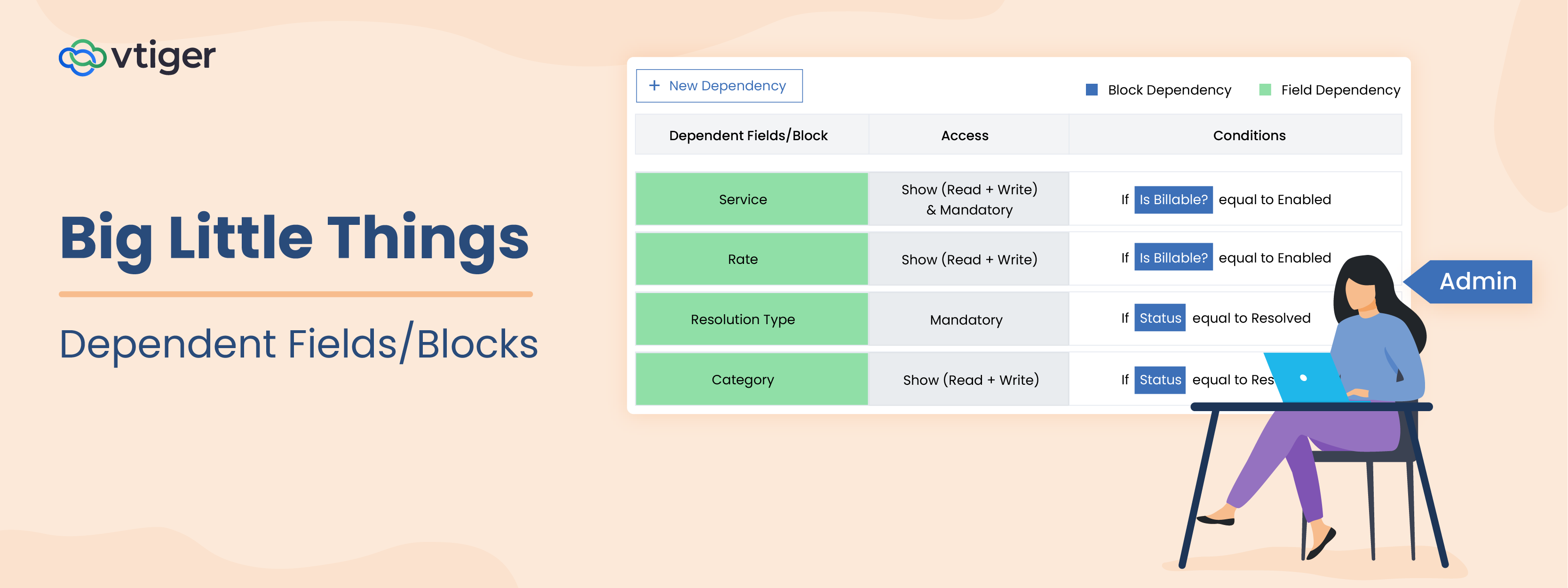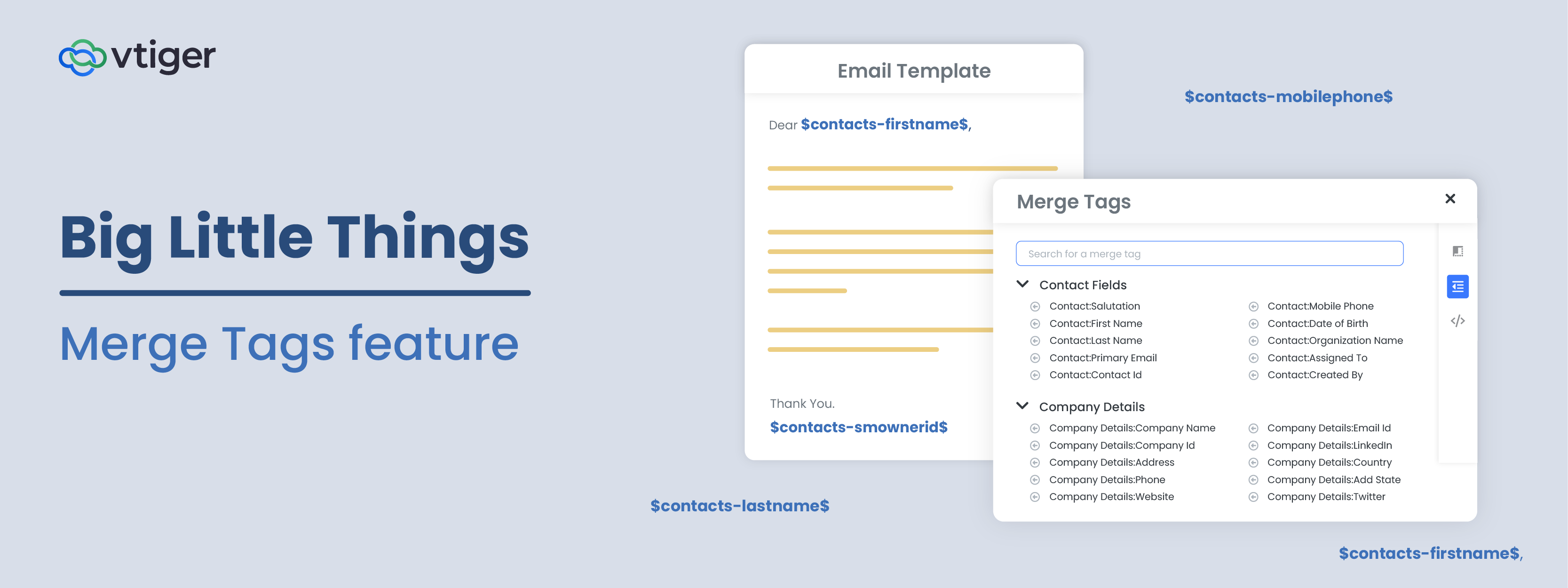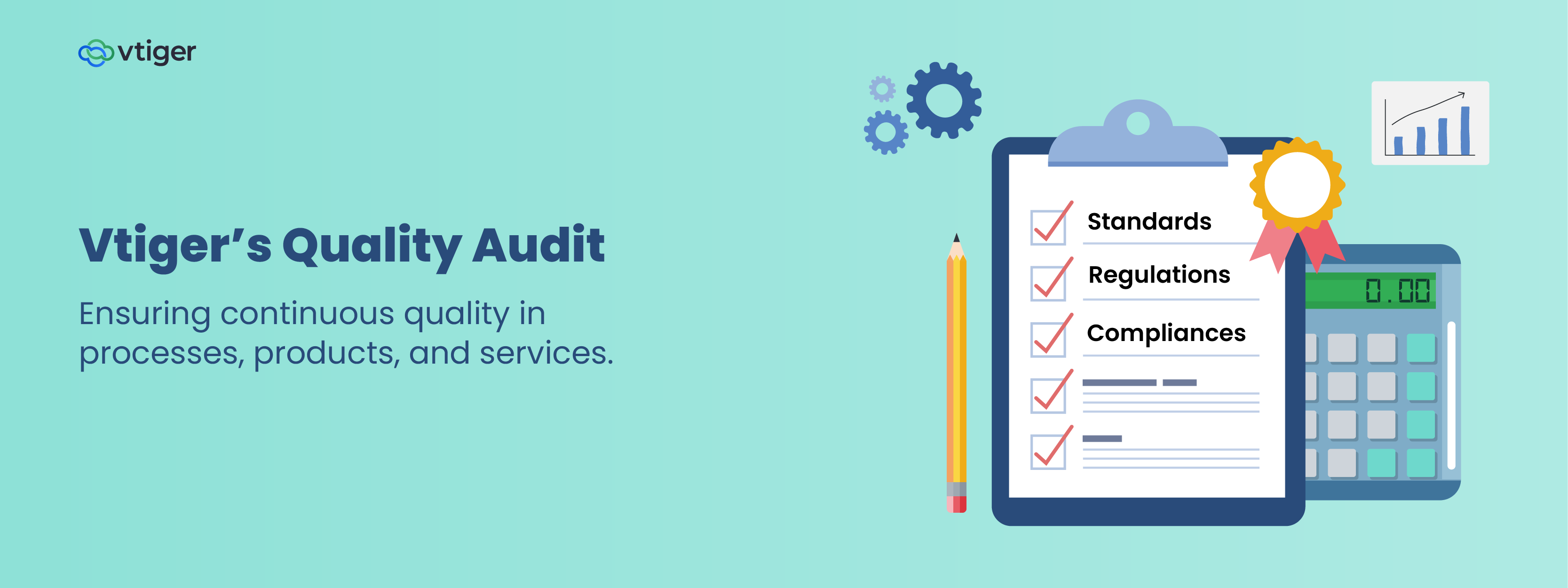Businesses that are aiming at enriching customer experience are feeling the urge to break down traditional departmental silos more than ever before. When customers reach out to a business to ask a question, buy a product, or get support, they expect a great customer experience – meaning they don’t want to wait to for answers or repeat their grievances to every person they interact with.
Providing such an experience means that a business’s employees communicate in one voice regardless of the department – marketing, sales, or support – that they belong to. For instance, when an email marketing campaign is launched, the customer support team must be well informed to answer customer questions related to that campaign. The sales team must be able to access customer service calls to know why their contacts reached out to support for and should follow-up if there is an opportunity to up-sell or cross-sell. Furthermore, marketing, sales, and support agents are encouraged to handle responsibilities that were once thought to be outside of their scope to delight customers. For instance, when support agents receive customer calls, the agents is asked to recommend products that will complement the customer’s previous purchase, or marketing associates who are actively listening to customers on various social channels are called to respond to customer queries they come across to ensure quick response time. So, organizations that have customer experience as their highest priority are aiming to build a boundaryless organization such that their employees, managers, and customers are able to exchange information and share ideas in real time.
The rise of silos
The structure of an organization inevitably creates silos. A business is typically divided into marketing, sales, customer support, and other departments – creating horizontal boundaries. Further, every department has different levels of management like associates, managers, and executives – creating vertical boundaries. And then there exists an external boundary between an organization and everyone outside – customers, vendors, and community members. Silos are formed when people in these boundaries become insular and communicate only with people in their department or region or at the same level in an organization.

Further, each of the departments in an organization uses different applications to get their job done. For instance, marketing team may use email marketing tool like Mailchimp to blast email campaigns, a sales associate may use email client like Microsoft Outlook for communicating with leads, and accounting team may use accounting software like Xero to create invoices. A recent report which studied how organizations and people work today notes that different teams in a SMB collectively use 14 different applications on an average – meaning customer related data is scattered on
14 different apps. Also, when team members are concerned about misuse or accidental modification of data that they have gathered, they develop a proprietary feeling and refrain from sharing it with others – creating isolated islands of customer data.
The effect of silos on customer experience

Each department of an organization holds valuable customer information. The marketing team knows what interests the leads the most and what kind of leads have better chance of conversion. The sales team understands customer’s pain points and knows how to provide the best solution. The customer service team members have insights on common problems that the customer’s face after the purchase and what post-sale challenges drive the customers away. When each of these teams confines the customer information within their own department, region, or a level in the organizational hierarchy, the customer data can’t be leveraged to provide the best customer experience. For instance, let’s say a customer called your support team to make a billing enquiry. When the support agent doesn’t have all the information to answer customer query immediately, the agent will either have to wait for email replies that provide the necessary information to answer or transfer the call to the related department where the customer has to repeat the grievance all over again. In the customer’s mind, the first waiting for answer means inducing of unwanted delay and repeating themselves means redundant interaction – both are not a great customer experience.
Rising above the silos
With growing number of touchpoints between a business and its customers, the need to integrate all touch points to provide a better experience is more than ever. Vtiger CRM acts as a single integrated platform to record all customer-business interactions and understand a customer’s end-to-end experience with the business. Vtiger gives a unified vision of customer experience to team members spread across different departments and simplifies cross-departmental collaboration by eliminate any blind spots. Vtiger enables a free flow of information, both within and across teams, to empower team members to take quick actions with accessibility to information at their fingertips.

Vtiger acts as a one stop shop for all your team needs. Vtiger is built in such a way that you don’t have to go looking for other softwares for accomplishing your business needs. Vtiger not only helps you manage contacts, sales pipeline, and serve as a help desk software, but also substitutes for other applications that you could be using for managing documents, email marketing, team inbox, internal collaboration, project management, invoicing and subscription management, and much more. With Vtiger you don’t have to spend extra money on softwares to gain insights that help your managers build better customer strategy – Vtiger provides you with the sales and support insights too. Now, that’s what we call all in one CRM – more than a dozen applications and softwares provided in one package.
Also, Vtiger integrates with commonly used third party applications that different teams use every day to get their work done. Vtiger pulls customer information buried in siloed applications to help in a free flow of information among various teams. For instance, Vtiger let’s you streamline the flow of quotes and invoices among your sales, support and accounting team with Xero, Quickbooks, and Tally integrations. Now support team can pull customer’s invoice information on a click to answer any billing queries instantly – no unwanted delay induced by emails or transferring of customer call from one department to another.
For teams that are concerned about the chances of accidental change of customer data when others are accessing it, Vtiger’s sharing rules come to rescue. Vtiger’s Sharing Rules lets you decide who gets to see, edit and delete CRM data. Vtiger’s advanced custom rules take access management a level higher and allow you set access permissions at the individual field level. With the power of sharing rules, team members can confidently share the data they have collected across teams and help other team members leverage it.
Sign-up for a free Vtiger trial to explore Vtiger’s powerful features and tools that help your marketing, sales, and support teams work smarter, and better engage customers to provide a delightful experience.



